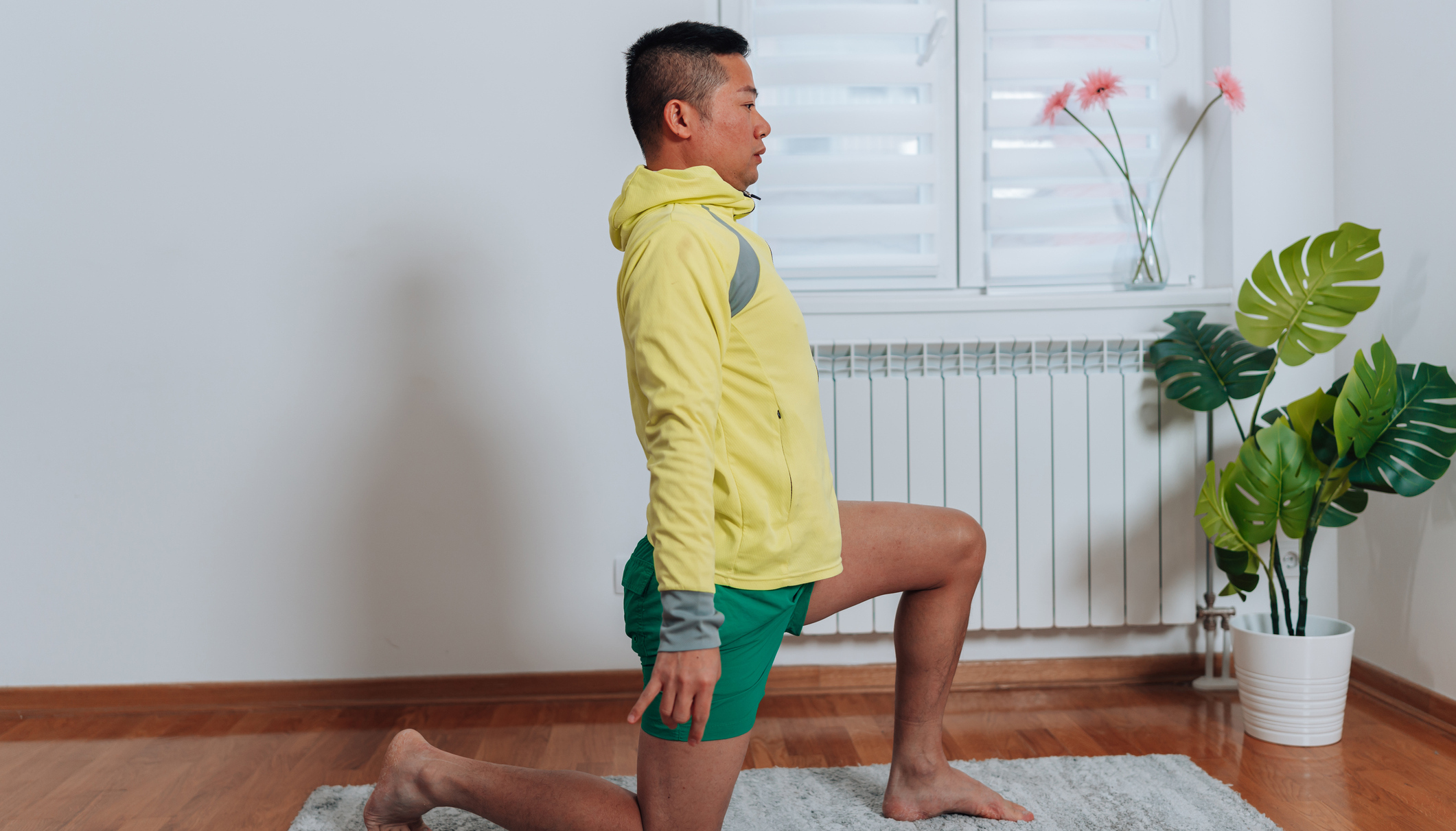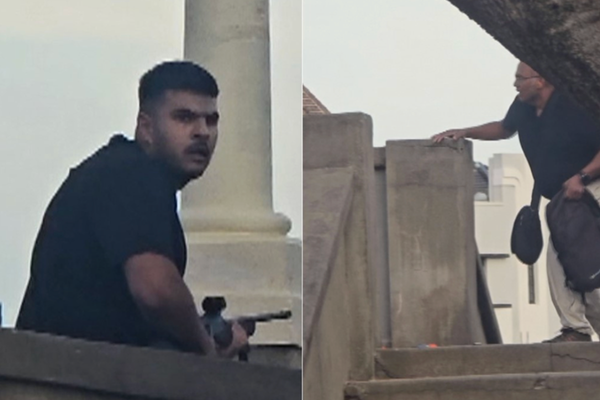
Runners know they should stretch regularly, but most decide to spend more time running instead—I know that's what I do. While I love my weekly yoga class and feel amazing after it, I don't regularly do any run-specific stretches. The repetitive motion of running can lead to tightness and stiffness in the front of the hips, as well as the back and shoulders, so it's a good idea to release that build-up of tension so you're able to move more freely.
This YouTube video by Dr Chloe Costigan at Mobility Doc has four excellent stretches for runners that will help improve mobility in your hip flexors and the front of your hips and thoracic spine (your mid back). "Remember, running is a full-body activity that requires mobility from head to toe," Costigan writes on her blog. "Don't neglect areas like the upper back, shoulders and hips. This is an opportunity for you to work on your flexibility and muscle activation."
Mobility Doc is a sports-focused physical therapy clinic run by Costigan and Dr John Giacolone for rehab and injury prevention. This video is the first in a four-part "yoga for runners" series, which aims to improve your running form and prevent injuries through targeted stretches that will increase your mobility. "Just ten to 15 minutes a day can make massive changes when you're doing the right things," says Dr Giacolone in this video which introduces the service the pair offer.
"Focusing on your spine and posture is going to allow you to unlock some hidden potential," says Costigan in the video. Have you ever been shocked at how hunched over you look in your race photos? "This is your opportunity to fix that," says Costigan. Improving your posture will also help you breathe more easily while running.
"The friction caused by decreased flexibility prevents us from really using the muscles the way we're supposed to," says Costigan. "We can be training really hard but not actually getting the full benefit from it if our muscles are too tight."
Four yoga poses for better mobility
To do these poses you'll need a yoga mat, two blocks (Walmart sells yoga blocks for a buck a piece) and a foam roller (both Amazon and Walmart have cheap and cheerful options). Costigan suggests doing three rounds of the three exercises after camel pose.
In the video, camel pose is used as a pre-mobility assessment to gauge your current range of motion, and three versions of varying difficulty are offered. You will do camel pose at the beginning of the session and again at the end so you can see how your mobility has improved during this 12-minute routine. "You should notice greater ease getting into the full backbend now that your hip flexors and upper back have been opened up," says Costigan.
1. Camel pose
If you're new to yoga, camel pose can look intimidating, but take it slowly, follow Costigan's instructions and start with the easiest version of the pose. "This deep backbend stretches the hip flexors, quads and shoulders and it opens up the front of the body," says Costigan.
2. Thoracic extension over foam roller
"This mobilizes the thoracic spine or middle back," says Costigan. Arching your back over the foam roller and focusing on each vertebra will stretch out your back muscles, getting more flexibility and movement into your mid and upper back. You should find it easier to get a little more extension in your mid back in the second and third rounds.
3. Half-kneeling hip flexor stretch
This is a great stretch for your hip flexors. "For runners, this is really helpful for improving your ability to extend your hips. And if you can't extend your hips fully your glutes won't activate, however much you strengthen them." Don't forget to swap legs once you're done.
4. Crab rocks
"This brings it all together through glute activation, hip-flexor mobility, thoracic extension and shoulder flexibility," says Costigan. "By increasing mobility in these areas, you'll be able to maintain better running form over longer distances. Proper form translates to more efficient running and less risk of overuse injuries."
Setting this pose up properly is more important than the finishing position. Moving in and out of this pose helps open up the front of the body which can get really tight from running.
When you try camel pose again at the end of this sequence, you will probably be surprised at how much easier it feels, and how much more flexibility you have in your mid back, shoulders and the front of your body. That should translate into better posture, more freedom of movement and better muscle activation when running.







